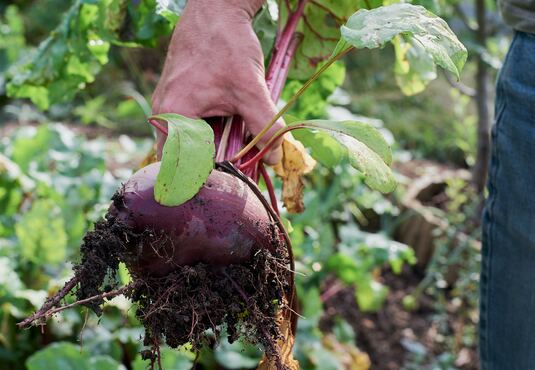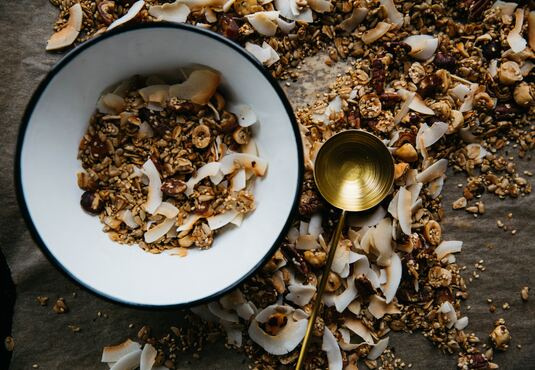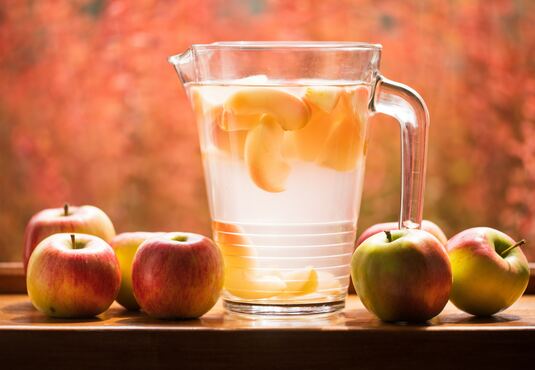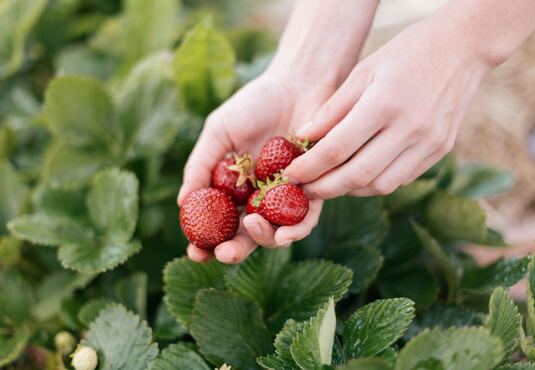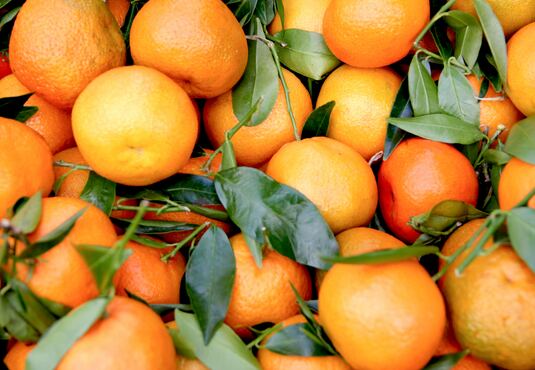
Avocado – loads of calories or super food? What do we have to watch out for?
How much fat is in avocado?
For a long time avocado was considered a fattening, very rich fruit. Meanwhile the avocado is a worldwide export hit. Whether for salad, as a dip like guacamole, in a smoothie or simply in bread. The green fruit with its nutty taste is an all-rounder.
In addition to water and vitamins the avocado contains 20g fat - which doesn't sound very appealing. However, these are mostly unsaturated fatty acids, which have a positive effect on your body. Therefore the reputation of the avocado has changed during time.
Fat isn´t simply fat
Dietary fats consist of fatty acid chains that are either saturated or not saturated. Generally the unsaturated are considered more valuable for the body. They are important for the hormonal balance, for cell and nerve building and can help with inflammatory processes.
Shopping tips
Colour: Depending on the type of avocado, the colour can be an indication of ripeness. The "Hass" avocado (dark and wrinkly) gets darker as it matures. The "Fuerte" avocado (green and smooth) however, remains green throughout the ripening process. Generally the colour should be even.
Surface: A quick pressure test can determine the ripeness of an avocado - no matter the type. If you press gently and the fruit gives way, it´s ripe and edible.
Stalk: The stalk reveals what it looks like in an avocado. If it´s already brown and dry beneath the stalk, the chances are good that the avocado is too. You want the skin beneath the avocado to be juicy green.
Storage
Avocados, similar to mangos, bananas and pears, ripen at room temperature.
Ripe avocados should be stored in the fridge. Don´t leave them in there for more than three days
Avocados which need to ripe a little shouldn´t be stored in the fridge. They won´t be able to ripen in the cold and will turn bitter and rubbery. Wrap the avocado in newspaper to speed up the ripening process. If you want to enhance the ripening process: add an apple!
Tip: If you cut an avocado in half eat the part with the stone in it first. The other part can be stored in the fridge wrapped in cling film.
How to avoid brown discoloration
Add lemon and lime to reduce brown discoloration. Or do as the Mexicans do and add the stone to the already processed avocado (e.g. guacamole). The enzymes of the stone will slow down the discoloration.
Autor: Olympiazentrum Vorarlberg





